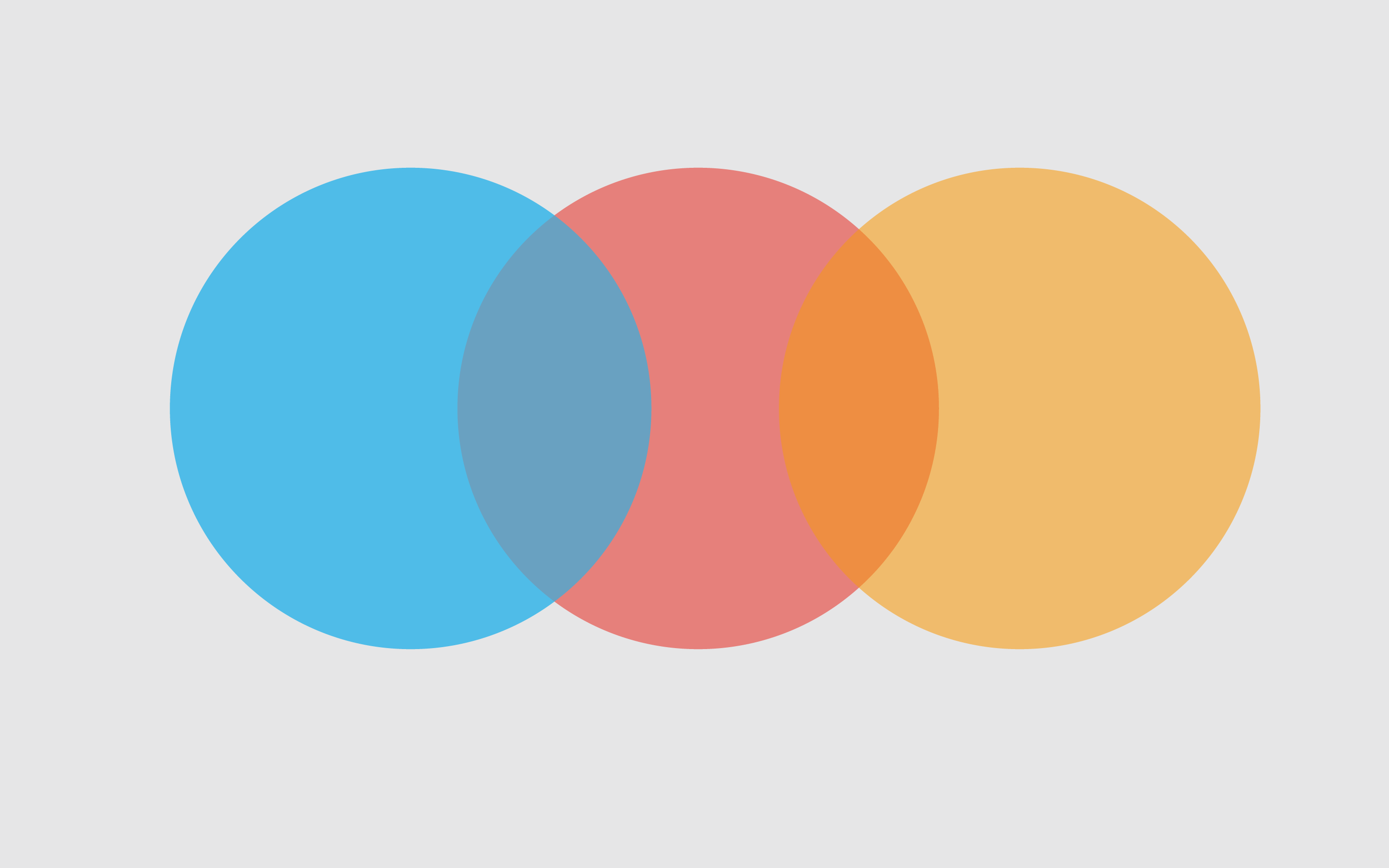Description Given an array of points on the X-Y plane points where points[i] = [xi, yi], return the area of the largest triangle that can be formed by any three different points. Answers within 10-5 of the actual answer will be accepted.
Example 1:
1 2 3 Input: points = [[0,0],[0,1],[1,0],[0,2],[2,0]] Output: 2.00000 Explanation: The five points are shown in the above figure. The red triangle is the largest.
1 2 3 4 5 Constraints: 3 <= points.length <= 50 -50 <= xi, yi <= 50 All the given points are unique.
Anser 1 formula: $|x_1(y_2-y_3) + x_2(y_3-y_1) + x_3(y_1-y_2)|/2$
where $x_1, x_2, x_3$ are the x-coordinates of the three points, and $y_1, y_2, y_3$ are the y-coordinates of the three points.
Approach 1: bruteForce 1 2 3 4 5 6 7 8 9 10 11 12 13 14 15 16 17 18 19 20 21 22 23 24 25 26 27 28 29 30 31 class Solution { public double largestTriangleArea(int[][] points) { int n = points.length; double maxArea = 0.0; int[] x = new int[n]; int[] y = new int[n]; for (int i = 0; i < n; i++) { x[i] = points[i][0]; y[i] = points[i][1]; } for (int i = 0; i < n; i++) { for (int j = i + 1; j < n; j++) { for (int k = j + 1; k < n; k++) { double area = Math.abs( x[i] * (y[j] - y[k]) + x[j] * (y[k] - y[i]) + x[k] * (y[i] - y[j]) ) * 0.5; if (area > maxArea) { maxArea = area; } } } } return maxArea; } }
Approach 2: convexHull 1 2 3 4 5 6 7 8 9 10 11 12 13 14 15 16 17 18 19 20 21 22 23 24 25 26 27 28 29 30 31 32 33 34 35 36 37 38 39 40 41 42 43 44 45 46 47 48 49 50 51 52 53 54 55 56 57 58 59 60 61 62 63 64 65 66 67 68 69 70 71 72 73 74 75 import java.util.*; class Solution { public double largestTriangleArea(int[][] points) { if (points == null || points.length < 3) { return 0; } List<int[]> hull = convexHull(points); int h = hull.size(); if (h < 3) return 0.0; double maxArea = 0.0; for (int i = 0; i < h; i++) { for (int j = i + 1; j < h; j++) { int k = (j + 1) % h; while (true) { int nextK = (k + 1) % h; double curArea = area(hull.get(i), hull.get(j), hull.get(k)); double nextArea = area(hull.get(i), hull.get(j), hull.get(nextK)); if (nextArea > curArea) { k = nextK; } else { break; } } maxArea = Math.max(maxArea, area(hull.get(i), hull.get(j), hull.get(k))); } } return maxArea; } private double area(int[] p1, int[] p2, int[] p3) { return 0.5 * Math.abs( p1[0] * (p2[1] - p3[1]) + p2[0] * (p3[1] - p1[1]) + p3[0] * (p1[1] - p2[1]) ); } private List<int[]> convexHull(int[][] points) { Arrays.sort(points, (a, b) -> a[0] == b[0] ? a[1] - b[1] : a[0] - b[0]); List<int[]> lower = new ArrayList<>(); for (int[] p : points) { while (lower.size() >= 2 && cross(lower.get(lower.size()-2), lower.get(lower.size()-1), p) <= 0) { lower.remove(lower.size()-1); } lower.add(p); } List<int[]> upper = new ArrayList<>(); for (int i = points.length - 1; i >= 0; i--) { int[] p = points[i]; while (upper.size() >= 2 && cross(upper.get(upper.size()-2), upper.get(upper.size()-1), p) <= 0) { upper.remove(upper.size()-1); } upper.add(p); } lower.remove(lower.size()-1); upper.remove(upper.size()-1); lower.addAll(upper); return lower; } private long cross(int[] o, int[] a, int[] b) { return (long)(a[0] - o[0]) * (b[1] - o[1]) - (long)(a[1] - o[1]) * (b[0] - o[0]); } }







